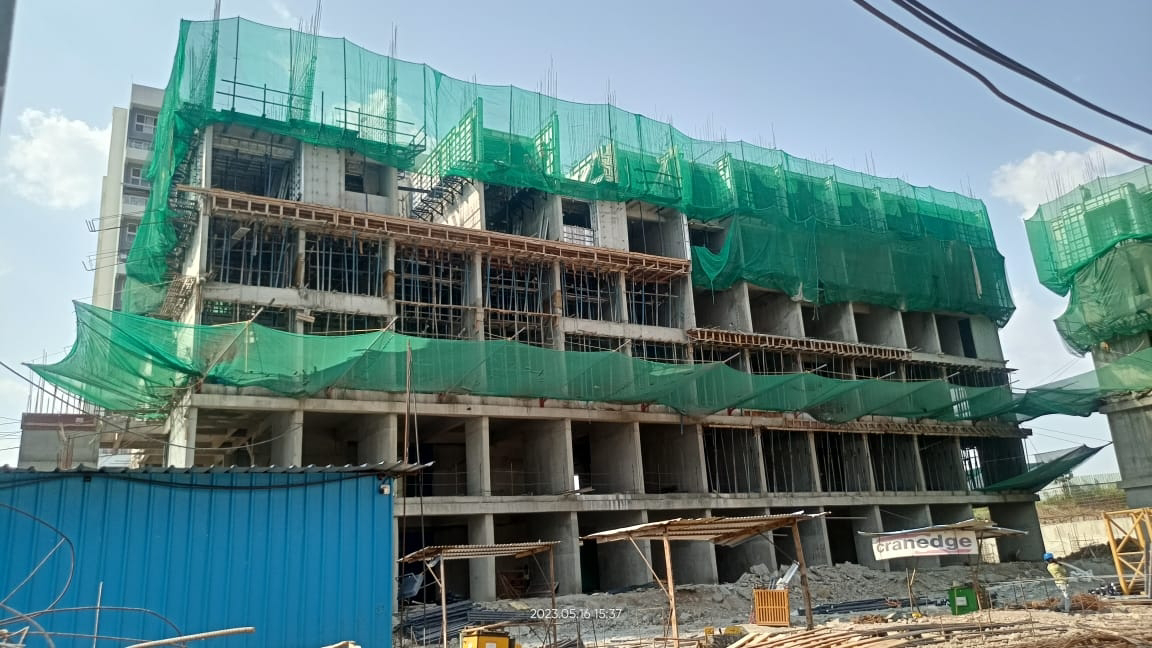Earthquakes are a natural disaster that can cause widespread damage and loss of life. Buildings are particularly vulnerable to earthquakes, which is why it is essential to construct earthquake-resistant buildings. Earthquake-resistant buildings are designed to resist the forces generated by earthquakes and reduce the damage caused by them. In this article, we will discuss how to make an earthquake-resistant building in detail.
Building Design
The design of the building is the first step in making an earthquake-resistant building. The building must be designed in such a way that it can withstand the forces generated by an earthquake. The following design features must be incorporated into an earthquake-resistant building:
1. Foundation: The foundation must be designed to withstand the forces generated by an earthquake. The foundation must be deep enough to ensure that the building remains stable during an earthquake.
2. Shape: The shape of the building can affect its seismic performance. Buildings that have a square or circular shape are more resistant to earthquakes than buildings with irregular shapes.
3. Height: The height of the building can also affect its seismic performance. Tall buildings must be designed to withstand lateral forces and be flexible enough to absorb the energy generated by an earthquake.
4. Diaphragm: The building's diaphragm must be designed to help distribute the loads generated by an earthquake. The diaphragm must be rigid enough to resist the forces but also flexible enough to absorb any energy generated by the earthquake.
5. Damping: Installing damping systems such as dampers or shock absorbers can help reduce the seismic forces on the building.
Materials Used
The materials used in construction also play a vital role in making an earthquake-resistant building. The following materials are commonly used in earthquake-resistant buildings:
1. Steel: Steel is a common material used in the construction of earthquake-resistant buildings. It is strong and flexible and can withstand the forces generated by an earthquake.
2. Concrete: Concrete is a popular material for building construction, and it is also used in earthquake-resistant buildings. Concrete walls and columns can withstand the forces generated by an earthquake, and reinforced concrete is even more resistant.
3. Masonry: Masonry is another material commonly used in the construction of buildings. However, it is not as strong as steel or concrete, and buildings made entirely of masonry are not suitable for earthquake-prone areas. Masonry buildings can be made more earthquake-resistant by reinforcing them with steel or concrete.
4. Wood: Wood is a flexible and lightweight material that can absorb some of the forces generated by an earthquake. Timber-framed buildings can be made more earthquake-resistant by using steel connectors and adding bracing and lateral reinforcement.
Earthquake Protection Systems
In addition to building design and materials used, there are several earthquake protection systems that can be installed in buildings. The following are some of the systems used in earthquake-resistant buildings:
1. Base Isolation: Base isolation involves installing shock absorbers between the building's foundation and the ground. This system can greatly reduce the forces generated by an earthquake.
2. Passive Energy Dissipation: Passive energy dissipation involves installing materials that can absorb and dissipate the energy generated by an earthquake, such as shock absorbers, viscous dampers, and friction pendulum bearings.
3. Active Energy Dissipation: Active energy dissipation involves using mechanical systems to actively reduce the forces generated by an earthquake.
Conclusion
In conclusion, earthquakes are a natural disaster that can cause widespread damage and loss of life. An earthquake-resistant building is essential in earthquake-prone areas as it can reduce the damage caused by an earthquake and save lives. The design of the building, materials used, and earthquake protection systems are crucial in making an earthquake-resistant building. By incorporating these features, the building can withstand the forces generated by an earthquake and reduce the damage caused.
Team
CBEC India

0 Comments